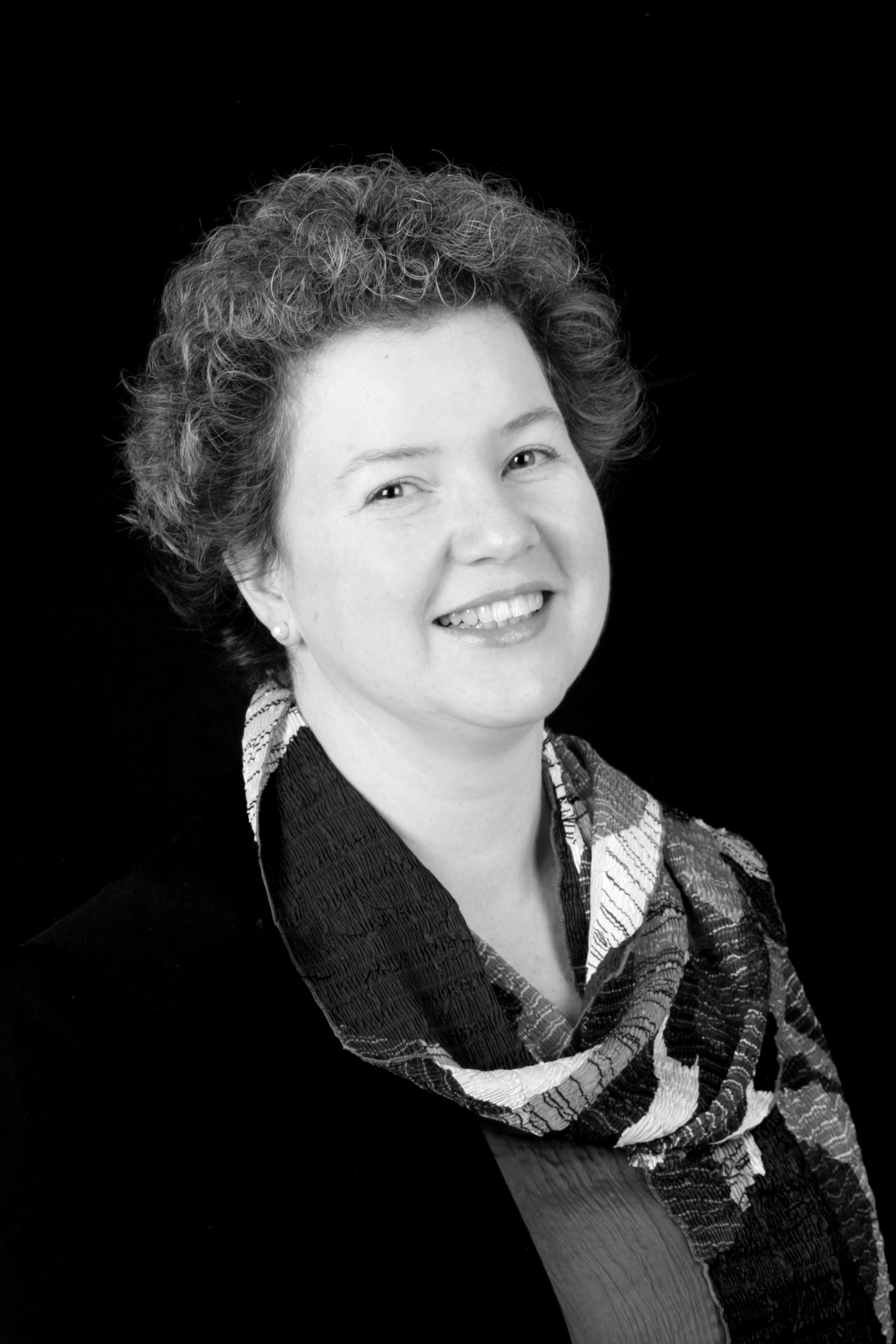Speaker: Caroline Shenton
5 March 2019

The Houses of Parliament is one of the most famous and staggering buildings in the world. It rises serenely from the Thames at Westminster on a site which has been the centre of power and government in England from the earliest times. It is a masterpiece of Victorian architecture and a spectacular feat of civil engineering, a landmark which is today the essence of Britishness.
And it was nearly never built at all.
From the beginning, its design and construction were a battleground for its architect, Charles Barry. The practical challenges, even by the standards of Victorian invention, were immense. Following the disastrous fire of 1834, the new building was required to cover eight acres of unstable gravel beds. Its river frontage, a quarter of a mile long, was to be constructed in the treacherous currents of the Thames. Its towers were so gigantic they required feats of engineering and building technology never seen before, in order to construct them on the cramped site. And the interior design – stained glass, metalwork, encaustic tiling and wall coverings – needed ancient craft techniques not used since the middle ages to be revived. Battling the interference of MPs and royalty, coaxing and soothing the genius of his partner Pugin, fending off the mad schemes of a host of crackpot inventors and busybodies, and coming in three times over budget and twenty-four years behind schedule, this lecture will tell the story of how Charles Barry created the most famous building in Britain.
Profile
Caroline is an archivist, historian and author. She was Director of the Parliamentary Archives at Westminster and a senior archivist at The National Archives at Kew. She is a Fellow of the Society of Antiquaries and of the Royal Historical Society, has appeared on national television and radio, and reviews books for The Spectator. Her first popular history book, The Day Parliament Burned Down, won the Political Book of the Year Award in 2013.

